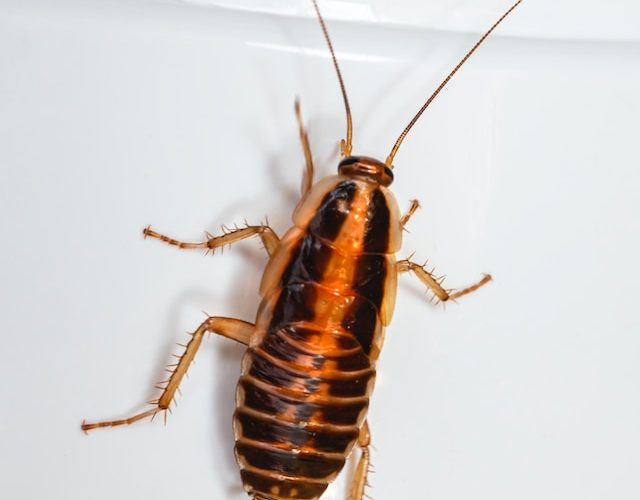Introduction:
Cockroaches, those often-maligned creatures scuttling across our kitchen floors and inspiring equal parts fear and disgust, have a fascinating story to tell. Revered for their adaptability and resilience, these ancient insects have successfully navigated the Earth for millions of years. In this comprehensive guide, we delve into the world of cockroaches, exploring their anatomy, behavior, and evolutionary prowess.
- Ancient Origins:
Cockroaches, belonging to the order Blattodea, have a rich evolutionary history. Fossil records suggest they emerged around 350 million years ago, long before the age of dinosaurs. Their ability to survive in diverse environments has allowed them to outlast even the most dramatic mass extinctions, ensuring their continued presence today.
- Remarkable Anatomy:
Cockroaches possess a distinct body structure that contributes to their remarkable adaptability. Their flattened bodies allow them to squeeze into narrow crevices, while their segmented legs provide exceptional agility. Additionally, their hard exoskeleton provides protection against potential predators and environmental hazards.
- Surviving Extremes:
These resilient insects have developed exceptional survival mechanisms, enabling them to thrive in harsh conditions. Cockroaches are known for their ability to survive without food for weeks and can even withstand short periods without air. Some species, like the desert-dwelling sand roach, possess adaptations that allow them to conserve water, making them masters of arid environments.
- Omnivorous Diet:
Cockroaches are opportunistic eaters, capable of consuming a wide variety of organic matter. While some species prefer plant material, others scavenge on decaying organic waste or feed on other insects. Unfortunately, this adaptability also makes them unwelcome guests in our homes, where they readily consume crumbs, grease, and other food remnants.
- Social Behavior:
Contrary to popular belief, not all cockroaches are solitary creatures. Many species exhibit social behavior, living in groups and communicating through chemical signals. These signals help them coordinate activities, such as finding food or locating mates. The German cockroach, one of the most common household pests, is known for its social organization and rapid reproductive rates.
- Health Concerns:
While cockroaches have fascinated scientists and inspired admiration for their resilience, they also pose health risks. Their feces, shed skins, and saliva can trigger allergies and asthma in sensitive individuals. Furthermore, they can carry and spread disease-causing pathogens, making proper sanitation and pest control crucial.
Conclusion:
Cockroaches, often regarded as unwelcome intruders in our homes, are intriguing creatures worthy of study. Their ability to adapt, survive, and thrive in the face of adversity is a testament to their evolutionary success. By understanding their biology, behavior, and significance, we can better appreciate these ancient insects and perhaps even find ways to coexist more harmoniously.
As we’ve scratched the surface of this comprehensive guide, there is still much to explore regarding the intricate world of cockroaches. From their role in ecosystems to ongoing scientific research, the story of these remarkable insects continues to unfold, offering new insights into their captivating existence.












